How Long Is This Gonna Take? The Time and Cost of Recording a Full-Length Album
This story first appeared in Trust Me, I’m a Scientist on May 6th, 2013.
Over the past few decades, the costs of recording equipment have plummeted. Today $5,000 to $10,000 in funds can allow you to assemble a recording system that might have required a half-million dollar investment in 1993.
There are some things that don’t change, however. In 2013, the most expensive parts of the recording process remain time, talent and labor. Although the costs of transducers and microprocessors may go down, the price of rent, utilities and soundproof construction will always rise.
Non-musicians are often surprised to find that despite all of our cost-saving advances in technology, records aren’t that much cheaper to make these days. And for all of our time-saving advances, they aren’t made that much quicker, either. If anything, there’s a trend toward production taking longer, as the all important Pre-Production phase becomes an increasingly glossed-over step among new bands, often melding with the production process itself.
A Brief Overview Of Cost
In 1993 it might have typically cost anywhere from $30,000 to $1 million to produce a high-quality full-length album for wide commercial release through a major or large indie label. Today, it might instead cost anywhere from $10,000 to $1 million.
The price at the bottom has come down, although not by as much as some would expect. Meanwhile, at the top-end, a few artists with proven track records still attract large investment, thanks to high returns. As wasteful as the highest budgets may seem to an outsider, those high-pricetag productions are often more likely to turn a profit than the cheap ones, not less. (Although the exceptions are certainly fun to point out and laugh at. For more on that, see Chinese Democracy.)
A Brief Overview Of Time
The most time-intensive part of recording an album remains in the hands of the musicians. Whether it’s out on the live room floor or in front of a drum machine, the bulk of production consists of getting through takes and reviewing and tweaking aesthetic choices — Not setting up mics.
In theory, there are many ways in which computers can speed up the process. But in practice, as recording technology advances, so do expectations. When in doubt, remember Parkinson’s Law: “Work expands so as to fill the time available for its completion.”
In 1963, a good working minimum for recording a full length album might have been anywhere from 2 days to 2 weeks. That’s still a good working minimum now.
The exact length depends a bit on the band, the style, and the approach you take. On that front, there are three basic ways to go: “Live In The Studio”, “Brick-by-Brick,” and my personal favorite, “A Song a Day.”
Live In The Studio
The amount of time you’ll need to record an album-length release depends heavily on genre. In general, jazz and classical groups can get things done faster than bands that rely heavily on multi-tracking.
Miles Davis’ 5-song classic Kind of Blue was famously completed in only two days — although just barely. In the end, the band only managed to finish a single complete take for each tune, with one exception.
(In this case, the lineup consisted of incredibly seasoned musicians already comfortable playing together, which is a big plus as far as speed is concerned. On the other hand, they were working on new, never-before rehearsed material, which is a big minus as far as time goes. The two factors practically cancel each other out.)
Under normal conditions, 2 days is still a feasible target for a live jazz album today — although I’d tend to recommend 3 days if the material is new.
Rock bands often hear of this kind of thing and think it might work for them as well. My recommendation: Only attempt this if you’re in a rock band that has just come off tour. Otherwise, this kind of ultra-fast live-in-the studio process should probably be reserved for pre-production demos and post-album radio appearances.
Case in point: When Black Sabbath recorded their 1970 debut, they were a 7-night-a-week pub band. When they hit the studio, they made their album in just 2 days — One for tracking and one for mixing. But before you consider doing this yourself, have a listen to what Sabbath sounded like live in 1970. They are so good it’s depressing:

Early Sabbath’s unbridled awesomeness becomes even more crushing when you realize you are looking at people who are 22 years old. Find me a group of 22-year-olds that are this good at playing together today, and I’d pay to record them. That is the power of dedicated practice. You could just put some good mics up and call this an album. Bam. Done.
Generally, studios will book their rooms in 8, 10 and sometimes even 12 hour blocks. (The 12 hour ones are rarely worth it. Diminishing returns set in sooner than you might expect.)
Setup time for this kind of session could take as little as 1 hour, but as a general rule, I’d come in expecting at least 2 hours of setup time, and 3 hours before you’ve settled on tones and are tracking your first “keeper” takes.
Can this be done faster? Theoretically, sure. With only an hour of setup time, I’ve engineered full-length live performances for radio stations like WFMU and BreakThru, and there are times when these live sessions have sounded better than the bands’ albums.
(Although I’m no slouch, this can mostly be attributed to bands recording shitty-sounding records that should have been considered pre-production demos. Whenever this happens, the bands are far better at playing the songs after they’ve finished tracking the record. Common scenario. Learn from it.)
But as fast as sessions can go when the stars align just right, you’ll be much happier if you expect 3 hours of setup and get started after only 1.5 hours than you will be the other way around.
Once setup is completed, you can play through a full album in one or two takes, maybe going back for a couple fixes and redos. In this way, an entire album can be recorded in a day, although not every new band is suited for this process. This method takes an uncanny amount of preparation and yields a very natural picture.
Of course, there’s no rule that says live albums have to be done all in one take or two. But if you plan on doing multiple takes of each song until you get them right, do not plan on completing more than 3 or 4 songs with this approach. It’s certainly possible to finish more, although I would not bet on it.
“Brick-by Brick”: Recording in Stages
The most popular method for recording pop and rock records is probably the “brick-by-brick” method, in which you record the album in several stages.
Some artists take this approach to an extreme, recording all of their drum parts, then all of their bass parts, then all of their guitar parts and other overdubs, then vocals. It’s a method that can work well for music that begs to sound “constructed”, with a tight, drum-machine like rhythm section that feels like a group of superhuman tempo-nazis. Although it’s not right for every artist, it can be perfect for bands that demand a dancy four-on-the-floor feel, glistening production values or industrial-strength weight and power.
An even more common version of this approach is to draw a compromise between this and the live-in-the studio method. Bands will often aim to get final bass and drum sounds in one go, overdubbing final guitar and vocal tracks at a later date. If you do go for this approach, it’s still a good idea to record with the entire band playing together, even if the vocals and guitars are just scratch tracks. Nothing is worse than getting a great take, and then finding out later that the tempo and the snare drum sound suck once you put vocals on there.
In a well-designed studio, a tight band may be able to capture all of their basic instrumental tracks in one go, often adding overdubs and final vocals later on. In either of these scenarios, it’s usually wise to aim for no more than 3-4 songs each day. If you think you can do more, remember that setting expectations you can exceed is far better for morale and forward momentum than setting unrealistic expectations you constantly fall short of.
New bands often expect this “Brick-by-Brick” approach to be the quickest and most cost effective option, but a decade of making records leads me to believe that’s rarely the case. Albums made this way rarely take less than two weeks in total between tracking, mixing and overdubs. For today’s new artists, who are self-funding and stealing time during days off from work, the process can easily stretch across many months.
For me, the main drawback of this approach is that it can make bands more apprehensive about throwing songs away. When a recording of a song isn’t working, often you don’t find out for sure until far down the road. And thanks to the sunk costs fallacy, if you’ve spent a long time bringing your songs from 0 to finished, you’re more likely to want to hold on to every last one of them, even when some just aren’t working. In my experience, the best albums are the ones where the band is unafraid of “murdering its darlings” by just throwing things away. So much of the art is in the editing.
In practice, the primary benefit to this approach is not time, cost, or efficiency, but consistency. When you build an album in stages, the tones can remain very similar across songs, helping to give the entire record a cohesive feel. If you want to make the kind of record that sets a mood and stays there, this can be a great approach. The entire album can create a single world all its own.
A Song a Day
The “Song a Day” approach is probably my favorite recording method. I wish I got to do it more often. This is the way that record-making began, and it is a newly relevant approach in the internet age.
Instead of devoting 8-10 hours for tracking basics for several songs, you take one day and use it build a single song from the ground up. Start with nothing, and end the day with one completed track.
This is a method that brought us some of the best singles in the history of recorded music. So many of the great pop songs of the 50s and 60s, from The Beatles, Motown, Joe Meek, Phil Spector, Brian Wilson and Frank Sinatra, were the result of an approach much like this one: A band goes into the studio to record a song. When they leave, they have an intense crystallization of everything that song can possibly be.
You might start with a whole band playing at once, or you might start with a single instrument or sequence. That part’s not important. What is important is that you are building each element on top of another, making sure the tones and takes sound perfectly balanced and that they are worthy of a finished recording.
With this method, there is no “fixing it in the mix.” You’re doing that part right now. Take the time to make sure the song sounds like a completed record at every step of the way, and when you’re done — you barely need to do any mixing at all.
This stands in stark contrast to the recording-in-stages method. Instead of waiting weeks or months to hear what your record really sounds like, you know immediately. When you’re tracking in stages, you might be inclined to throw 16 mics on the drum kit, 3 mics on the guitar, and take a DI for everything, “just in case.” But when you approach a record song-by-song, you know how the pieces of the puzzle fit together. You can put up one or two mics on the drums and instantly know whether or not the sound is working. You can fearlessly record demented, heavily effected signals if you want to. You now have time to cultivate truly memorable tones — Not tones that merely “sound good” in abstract, but ones that sound perfect for the song at hand. It’s an approach that invites both experimentation and true craftsmanship.
I can’t say enough good things about this method. To me, it can be one of the most inspiring ways to work: It makes the song come first. It’s an approach that’s careful and spontaneous at once. And when the artist has prepared for the session by creating a good working demo, you have a concrete road map and an honest goal-post to try and surpass.
This method can be so efficient and effective that it’s probably more accurate to call it the “Two Songs a Day” method, as there is so frequently time left over for a quicker stab at a more rough-and-tumble B-side. But if you do fail to make a perfect recording, the “Song a Day” approach still helps to put things in perspective and let go if needed. You’ve spent just 1 day on a song that didn’t work — not weeks and months.
This method is also great if you want to release your songs as they’re made, forgoing conventional albums in favor of a steady stream of regular releases. It’s true that the internet era has been kinder to singles than to albums. If you’re interested in keeping the perpetual motion machine that is web culture well-fed, that’s yet another reason to take this approach.
Remember that recorded music started as a singles culture, and the first full-length albums began as compilations of those one-off singles. If we come full circle on that for a while, is it really a problem? If you record and release one song each month in this way, you’ll have a full-length release by the end of the year, and the potential for a constant stream of attention from the web.
Mixing and Mastering
If you’re using the “Live in the Studio” or “Song a Day” approach, mixing can often be minimal. If the engineer has done his job right, the song should sound pretty much like a finished record with all the faders set at zero.
Whenever this is the case, a mix practically becomes a formality. It can be a time to refine EQ and balances slightly, play with a few effects, and generally enhance the excitement that’s already right there in the track. Under ideal circumstances, you might do this in just a day or so.
However, when you’re taking the “Brick by Brick” approach and making a dense recording in multiple stages, then mixing becomes something of a big deal.
In cases like these, the mixing stage can really make or break the record. When you work this way, I recommend setting a goal of 1 song per day to make sure the tracks become all they can be.
Sometimes things go well and you can get through two in a day. Some tracks are demanding and can take 1-and-a-half days each. Just know that for dense productions, it’s not uncommon to budget one or two weeks for mixing the whole album.
A Note on Doing It Yourself
There are a lot of great reasons to record your own band. Speed however, is not one of them.
Contrary to popular belief, cost-effectiveness is not usually one of them either. (If you sit down and honestly account for the costs of equipment and space as well as the opportunity costs of your time, you’ll see why.)
If you record yourself, it should be because you’re in love with the control, or the privacy, or the ability to spend as much time as you want making an album.
Just don’t make the mistake of tricking yourself into believing it’s likely to be faster (or necessarily cheaper) unless you’re making computer-based electronic music.
End Groove
I’ve personally worked on albums and EPs that have only taken a day or two to record. With ridiculously seasoned players who perform several nights a week, it is certainly possible. Records like this can even turn out great. But this approach is definitely not the norm.
If we’re talking about ambitious commercial releases, then for most popular music, a good rule of thumb is to budget roughly 1-2 days and $500-$1,000 per song at the low end. This puts you at about 1 to 3 weeks and anywhere between $5,000 and $20,000.
If you have a day job, this may very well take up a vacation or stretch out across an entire year. But in the end, it’s worth it. As one of my clients always tells me: “Hey, it’s cheaper than therapy.”
Without knowing the details, I can’t say exactly how long any one project might take. But based on my experience of making recordings, and interviewing producers, musicians and engineers for many years, I have come to recognize only two irrefutable rules about making truly great recordings:
- It always takes longer than the band expects.
- There are no other rules.
Please note: When you buy products through links on this page, we may earn an affiliate commission.







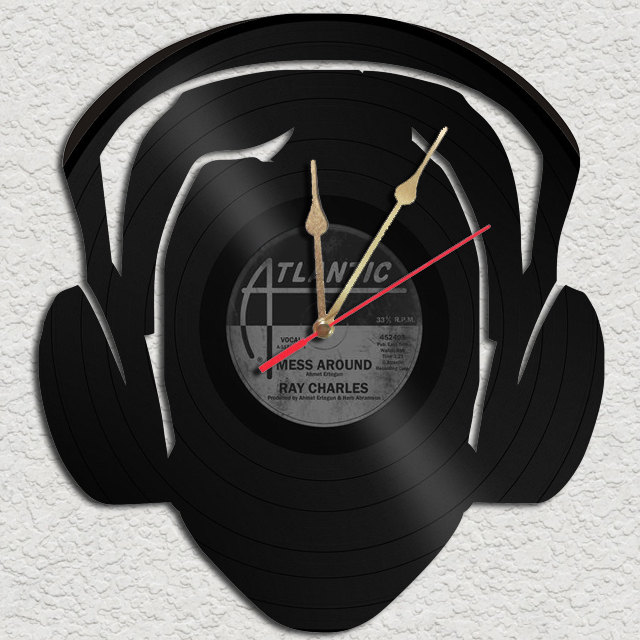
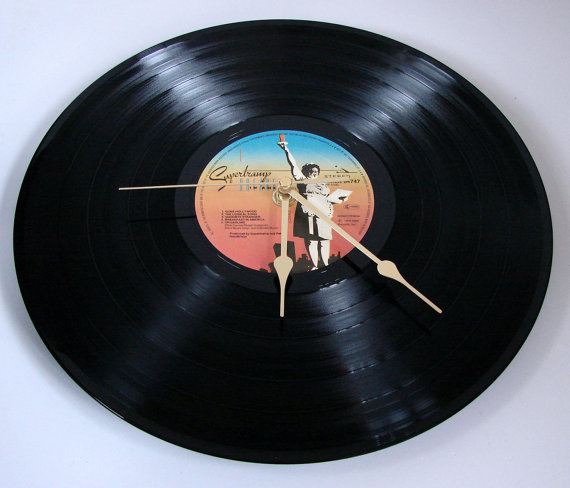
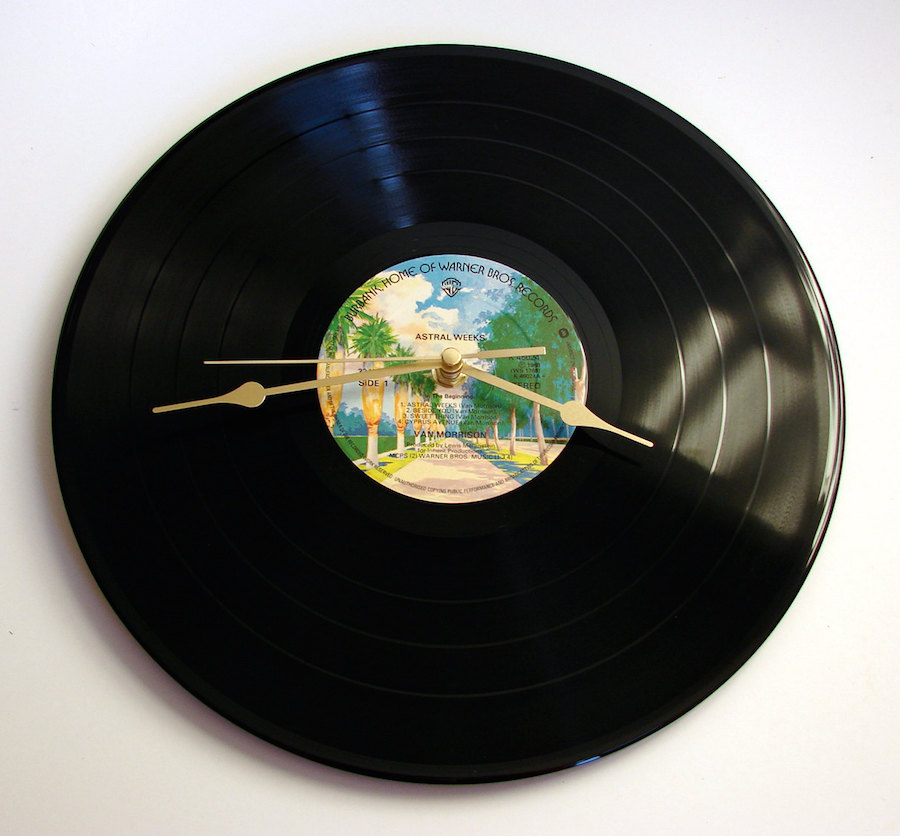
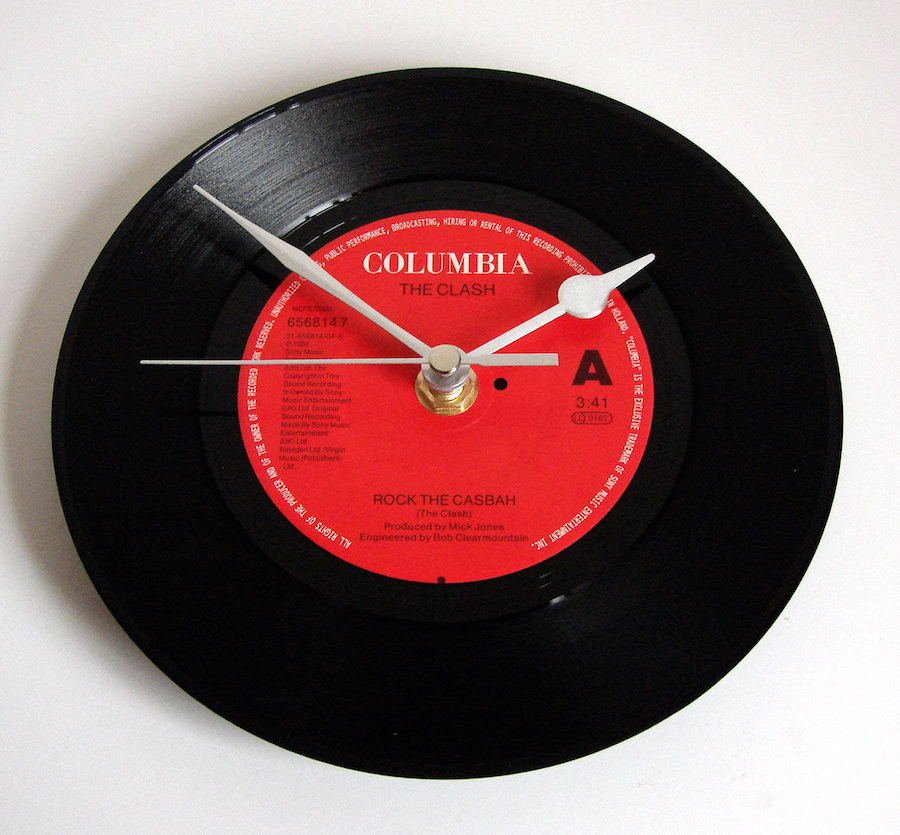
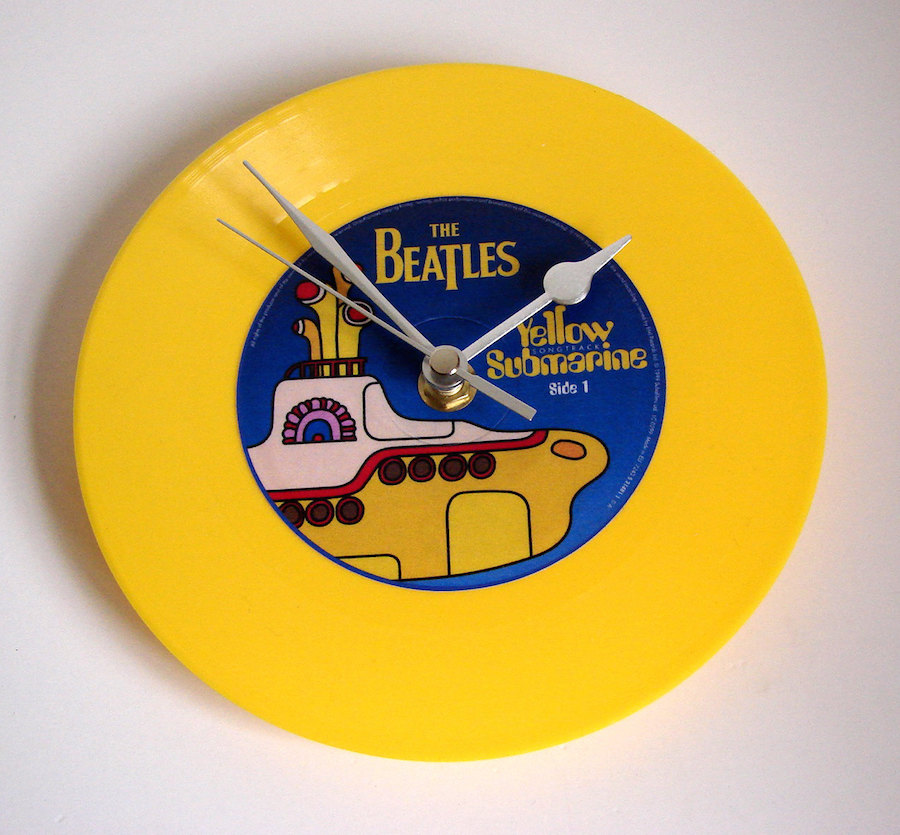
Aristedes P DuVal
July 18, 2016 at 3:33 pm (9 years ago)I need help to transfer all my Analog output!!!